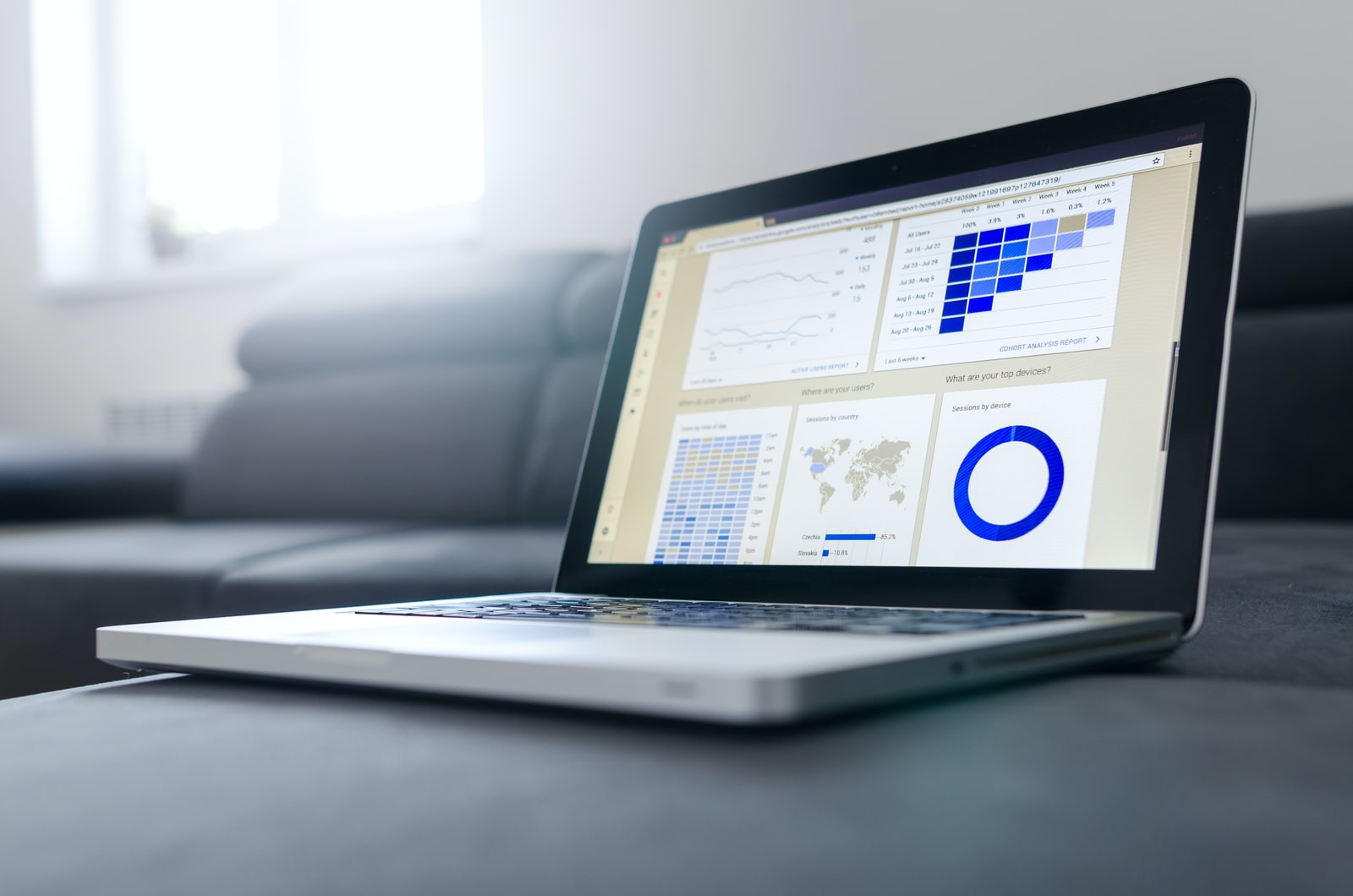3 Main Benefits of a Customer Data Platform
When it comes to CDPs, there are numerous benefits, many of which speak for themselves. In order to understand the benefits, let’s first define what a CDP is.
A customer data platform (CDP) is a type of software that organizes customer data from a variety of touchpoints, such as website behavior, email marketing activity, demographics, and more. The goal of a CDP is to collect, unify, and structure audience data in real-time, providing a centralized and personalized profile for individual audience members.
As you can imagine, the benefits of being able to unify audience data and then leverage it in real-time are substantial.
Let’s break down the top 3 benefits of using a CDP, and how one can help kickstart impact, streamline cross-channel communications, and boost revenue.
1—A 360-degree customer view, complete with first-party data
Simply put, a CDP will help you understand your customers. How? It collects data directly from your audience. Also known as first-party data, this is the best kind of data to gather because it has been collected straight from the source, so it’s qualitative and accurate. It allows you deeper insights into your audience members, so getting to know them is a lot easier.
Plus, you can use first-party data to collect additional information to build a more streamlined and complete audience profile. With access to a 360-degree customer view, it’s easier to target and segment audience members, leading to higher impact and engagement opportunities.
2—Break down the barriers that create data silos and inefficiencies
CDPs seek to break down data silos by bringing together audience data from a variety of sources. By harnessing the power of a CDP, you can achieve a powerful and complete view of your customer—their activities, behaviors, wants, and needs.
CDPs allow for simplification and coordination of cross-channel marketing efforts, opening the door to advanced targeted and segmentation where you can anticipate audience behavior that lead to streamlined cross-channel communications people are more likely to see and engage with.
3—Real-time data insights that drive personalization
CDPs simplify complex data structures, empowering businesses to make better decisions with data-driven insights. With the advanced personalization capabilities consumers have grown accustomed to from companies like Amazon and Netflix, people have high expectations for all kinds of businesses they interact with, and CDPs allow you to keep up with increasing consumer demand.
A truly orchestrated CDP will allow you to build personalized campaigns across multiple channels seamlessly. Being able to reach consumers with consistent, targeted messages based on data-driven insights will determine how they interact with your company, whether it be on or offline. And in the end, will influence whether or not you see a boost to your revenue.
The benefits of a CDP all circle back to the quality of the data. To truly make an impact, you need to understand your data, and know the value of prioritizing the collection of first-party data. Without clean, coordinated data to work with, you’ll be left throwing darts in the dark hoping that something will stick.



